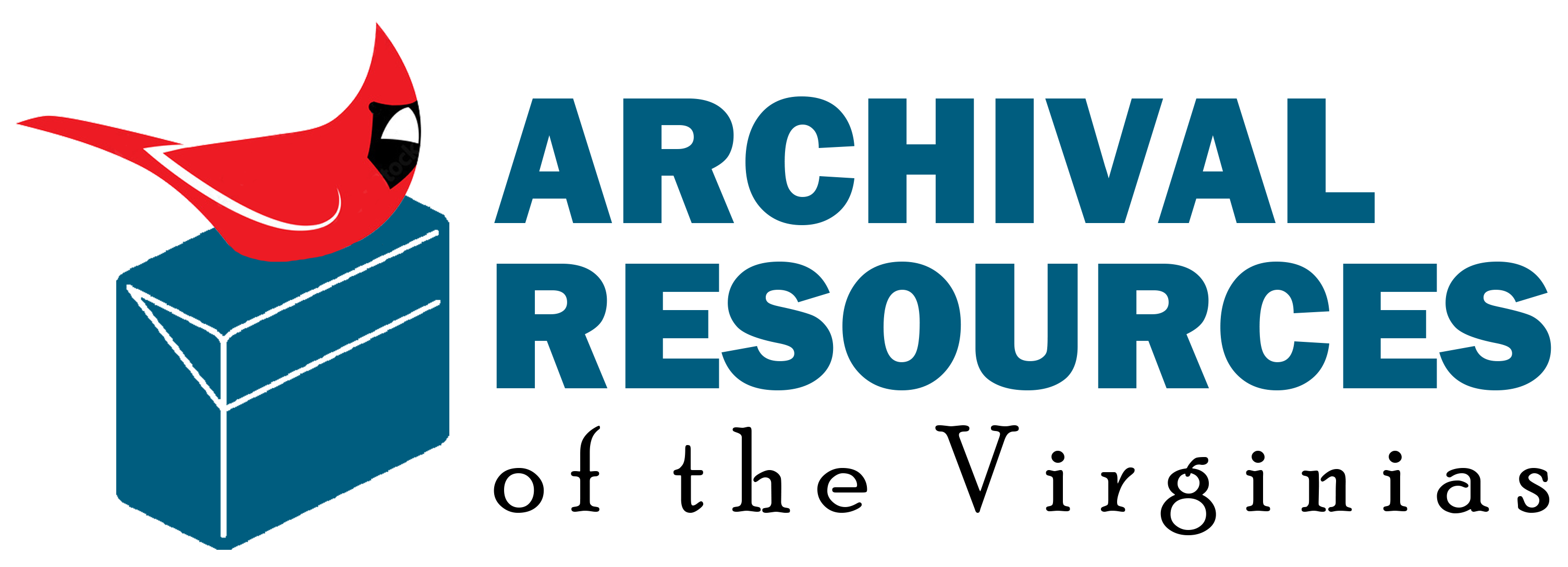- Repository:
- West Virginia and Regional History Center
- Published:
- unknown
- Subjects:
- Civil War battles. | Civil War -- Camps and camp life | Civil War -- War diaries | Civil War -- Harpers Ferry | Civil War -- Jefferson County (W. Va.) | Civil War - Randolph County. | Civil War - Richmond, Virginia. | Civil War - troop movements. | Civil War - Union soldiers - West Virginia. | Civil War - West Virginia - Union soldiers. | Civil War - West Virginia 10th Volunteer Infantry. | Civil War - West Virginia. | Civil War battles - Beverly | Civil War battles - Harpers Ferry. | Diaries - Civil War. | Diaries and journals.
ARVAS is an aggregator of archival resources. ARVAS does not have control of the descriptive language used in our members’ finding aids. Finding aids may contain historical terms and phrases, reflecting the shared attitudes and values of the community from which they were collected, but are offensive to modern readers. These include demeaning and dehumanizing references to race, ethnicity, and nationality; enslaved or free status; physical or mental ability; religion; sex; and sexual orientation and gender identity. Many institutions and organizations are in the process of reviewing and revising their descriptive language, with the intent to describe materials in more humanizing, inclusive, and harm-reductive ways. As members revise their descriptive language, their changes will eventually be reflected in their ARVAS finding aids
- Repository:
- West Virginia and Regional History Center
- Published:
- unknown
- Subjects:
- African-Americans. SEE ALSO Coal miners - African Americans. | Bridges | Civil War - United States 45th Regiment Colored Troops. | Civil War - West Virginia 10th Volunteer Infantry. | Civil War - West Virginia 15th Volunteer Infantry. | Civil War - West Virginia 17th Volunteer Infantry. | Civil War - West Virginia 18th Volunteer Infantry. | Civil War - West Virginia 1st Cavalry. | Civil War - West Virginia 1st Light Artillery Regiment. | Civil War - West Virginia 1st Volunteer Infantry. | Civil War - West Virginia 2nd Volunteer Infantry. | Civil War - West Virginia 3rd Cavalry. | Civil War - West Virginia 5th Cavalry. | Civil War - West Virginia 6th Cavalry. | Civil War - West Virginia 6th Volunteer Infantry. | Civil War - West Virginia 7th Volunteer Infantry. | Court records | Education | Estate settlements. | Fairmont and Wheeling Turnpike. | Justices of the peace | Marshall County - archives. | Ministers - letters and papers. | Roads. SEE ALSO Turnpikes. | Schools. SEE ALSO Academies | Surveyors and surveying. | Taverns (Inns) | Turnpikes. SEE ALSO Roads.
